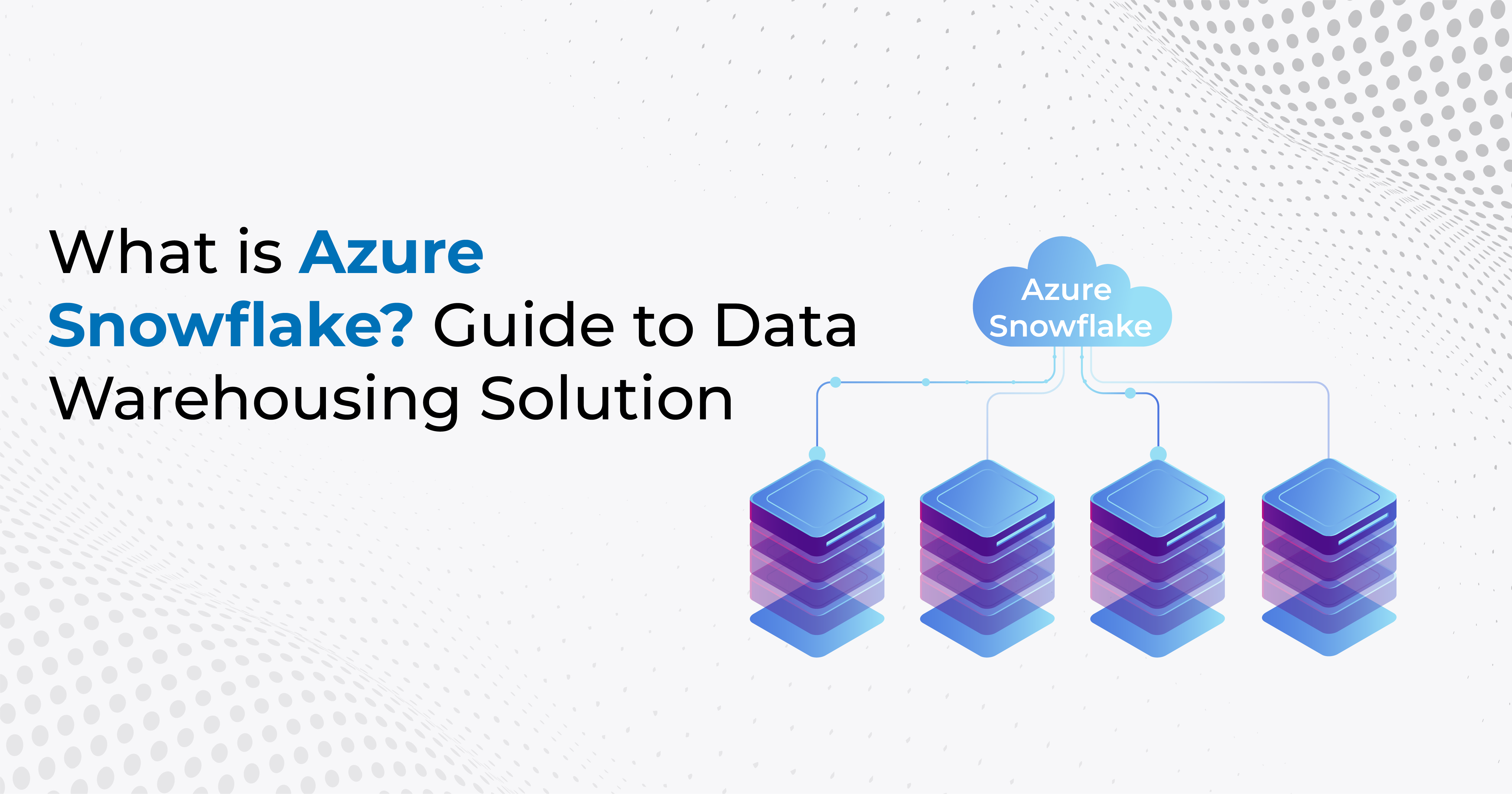Azure Snowflake is a cloud-based data warehousing platform that offers fast, scalable, and secure data storage and analytics in the cloud. It is a partnership between Microsoft Azure and Snowflake, which provides a powerful solution for storing and analyzing large volumes of structured and semi-structured data.
In this comprehensive guide, we’ll explore what Azure Snowflake is, how it works, its benefits for businesses, and its limitations.
What is Azure Snowflake?
Azure Snowflake is a fully managed cloud data warehouse built for the cloud. It is designed to handle large volumes of structured and semi-structured data and offers fast and efficient data processing for analytics and reporting.
Azure Snowflake is built on top of Microsoft Azure, which provides a wide range of cloud services such as virtual machines, storage, and analytics. Snowflake, on the other hand, offers a unique data warehousing solution that is fast, scalable, and secure.
How does Azure Snowflake work?
Azure Snowflake works by combining the scalability and flexibility of Microsoft Azure with the performance and capabilities of Snowflake. When a customer deploys Snowflake on Azure, they get access to the vast resources of Azure as well as the unique features of Snowflake.
Snowflake is built on a unique architecture called the multi-cluster, shared data architecture. This architecture separates compute and storage, allowing businesses to scale their computing independently from their storage.
This means that businesses can scale their compute resources up or down as needed to handle fluctuations in data processing demands, without impacting the performance of their data storage.
Another unique feature of Snowflake’s architecture is the ability to provide multiple users with concurrent access to the same data without compromising performance.
Snowflake ensures that users are working with the latest version of the data, regardless of who is accessing it, by automatically handling versioning and conflict resolution.
Paybacks of Azure Snowflake
Azure Snowflake offers several benefits for businesses, including:
Scalability: Azure Snowflake enables businesses to scale their computing and storage independently, allowing them to handle large volumes of data and adapt to changing business needs.
Performance: Snowflake’s architecture ensures fast and efficient data processing, making it ideal for businesses that need to run complex queries or perform analytics on large datasets.
Security: Azure Snowflake provides advanced security features such as data encryption, multi-factor authentication, and role-based access control, ensuring that data is always protected.
Cost-effectiveness: Azure Snowflake operates on a pay-as-you-go model, meaning that businesses only pay for the resources they use, making it a cost-effective solution for data warehousing.
Integration: Azure Snowflake integrates with a wide range of tools and services, including Microsoft Power BI, Azure Cloud Adoption Framework, and Azure Databricks, providing businesses with a complete end-to-end data analytics solution.
Azure Snowflake Limitations
While Azure Snowflake is a powerful and versatile data warehousing solution, there are still some limitations and potential drawbacks that businesses should be aware of before implementing it.
Here are some of the key limitations of Azure Snowflake:
Cost: While Azure Snowflake operates on a pay-as-you-go model, it can still be expensive for businesses with large or complex datasets.
Businesses need to carefully monitor their usage and consider strategies for optimizing cost, such as using appropriate instance sizes or compression techniques.
Performance: Although Snowflake’s architecture is designed to deliver fast and efficient data processing, there may be performance issues with very large datasets or complex queries.
Businesses may need to optimize their data loading and querying processes and monitor performance closely to ensure that the solution meets their needs.
Complexity: Azure Snowflake can be complex to set up and manage, requiring specialized skills and expertise.
Businesses need to ensure that they have the necessary resources and support in place to effectively implement and maintain the solution.
Data Movement: Snowflake’s architecture separates computing and storage, which can lead to potential data movement costs and network latency issues when data is moved between different clusters.
Businesses need to carefully consider their data movement requirements and costs when designing their Snowflake architecture.
Limited Functionality: While Azure Snowflake offers a wide range of data warehousing and analytics features, there may be some limitations in terms of functionality or compatibility with specific tools or services.
Businesses need to carefully evaluate their requirements and ensure that Azure Snowflake meets their specific needs.
Despite these limitations, Azure Snowflake remains a powerful and versatile data warehousing solution that offers many benefits for businesses.
By carefully evaluating their requirements and designing their implementation accordingly, businesses can effectively leverage Azure Snowflake to store, manage, and analyze their data in the cloud.
Conclusion
Azure Snowflake is a powerful solution for businesses that need to store and analyze large amounts of data in the cloud.
By leveraging the scalability and flexibility of Azure and the performance and capabilities of Snowflake, businesses can achieve faster and more efficient data processing, advanced security features, and cost-effectiveness.
If you’re interested in learning more about Azure Snowflake and how it can benefit your business, contact us at Stallions Solutions.
As a Microsoft Partner, we have the expertise to help you design, implement, and optimize your Azure Snowflake solution.



